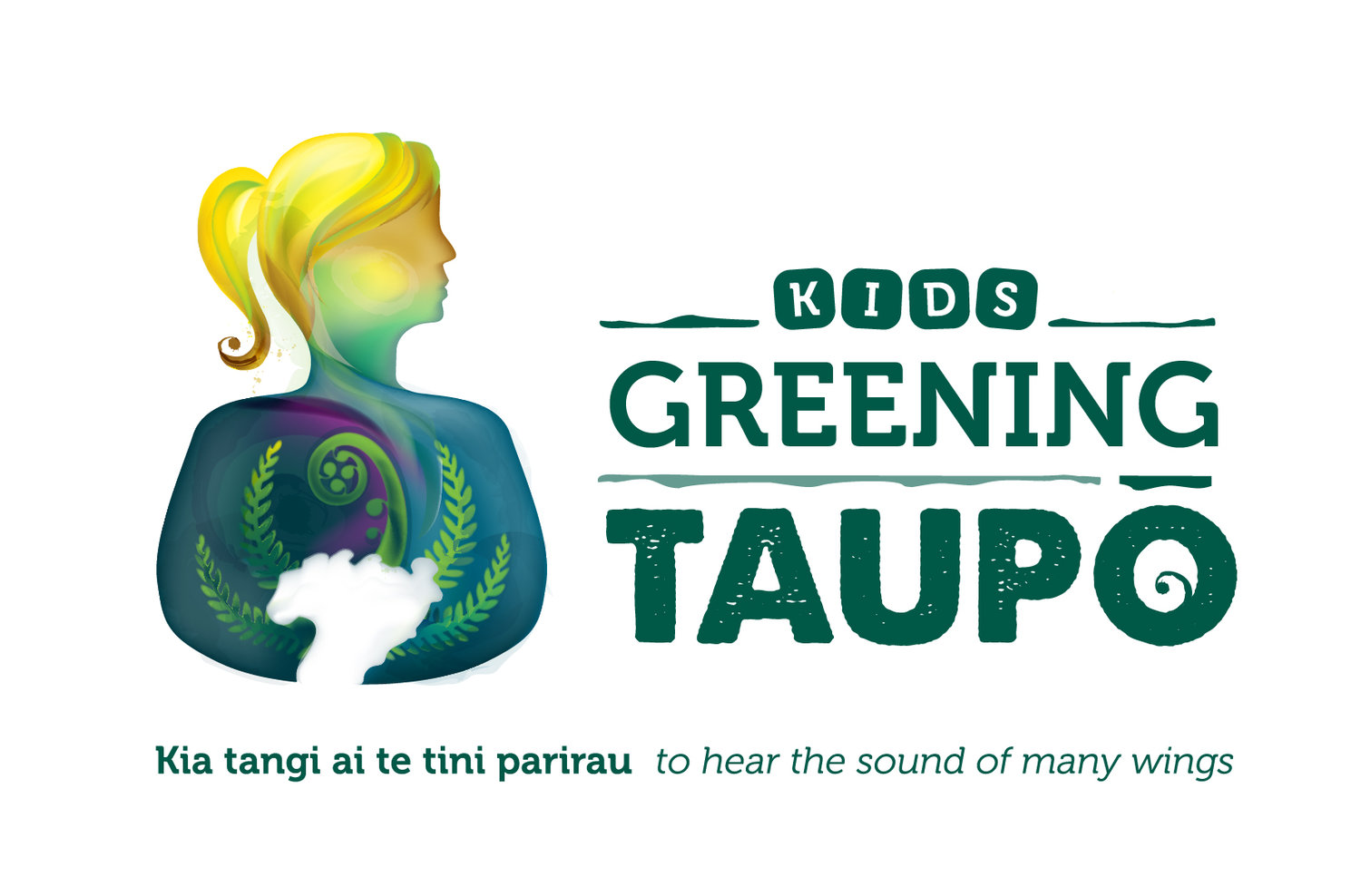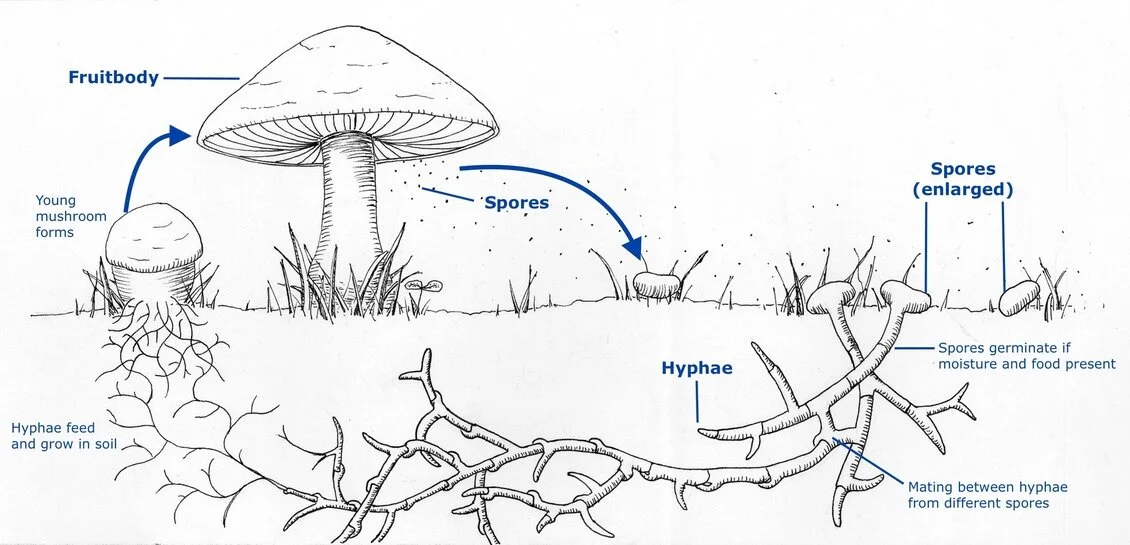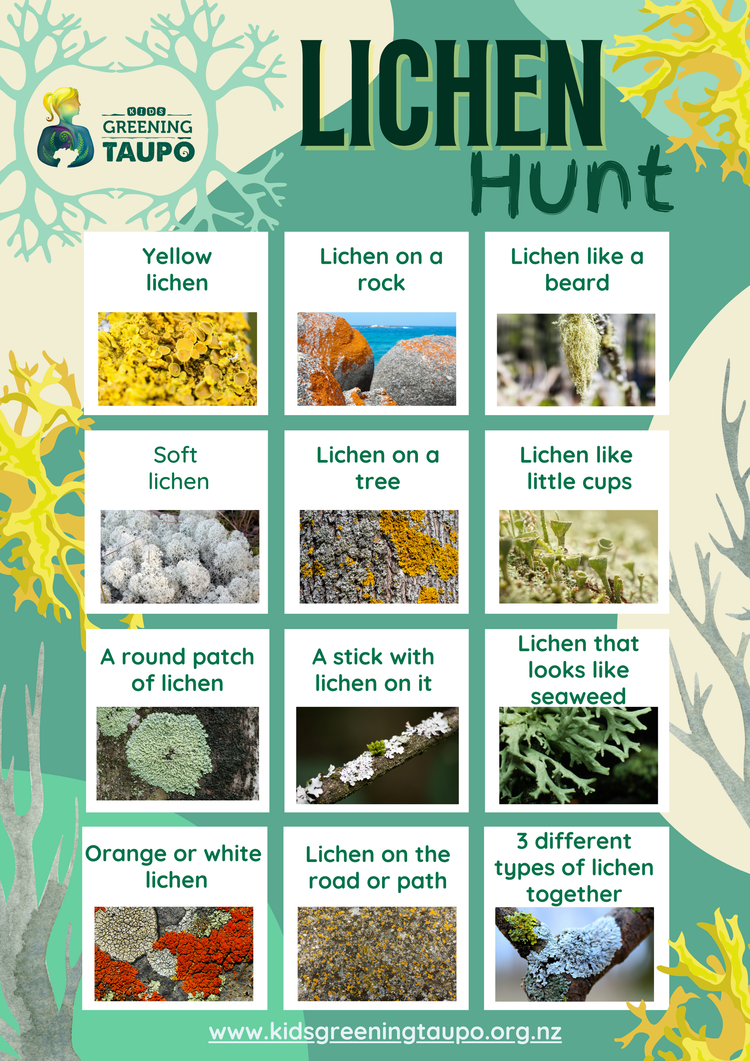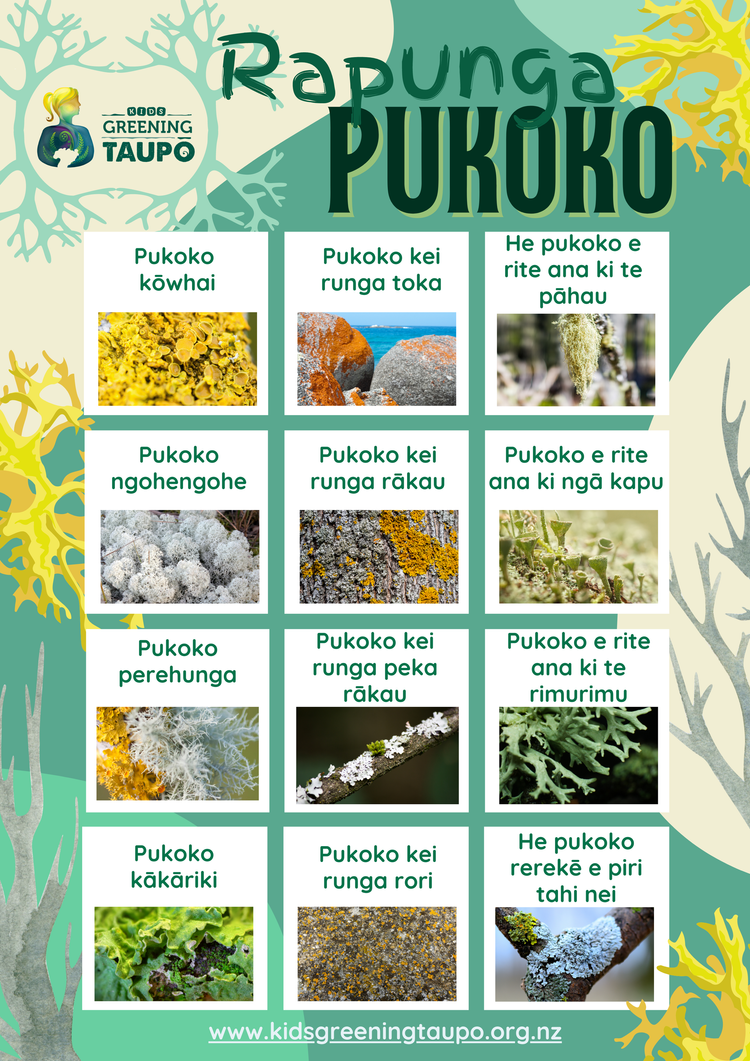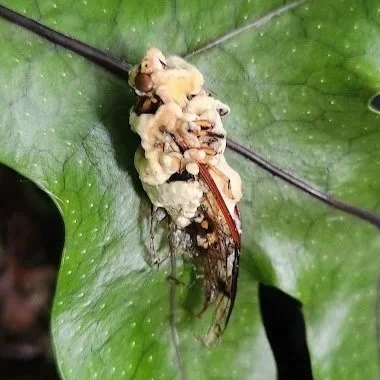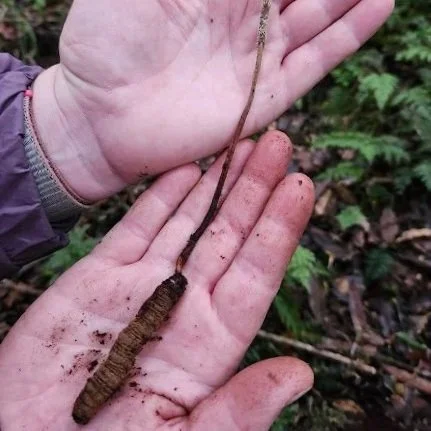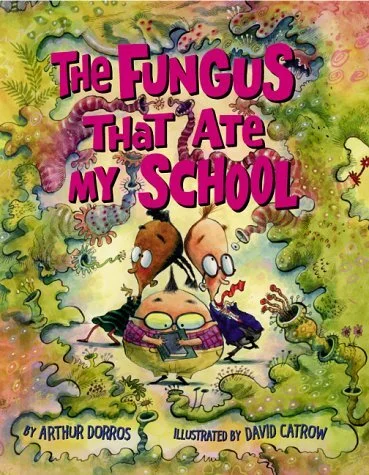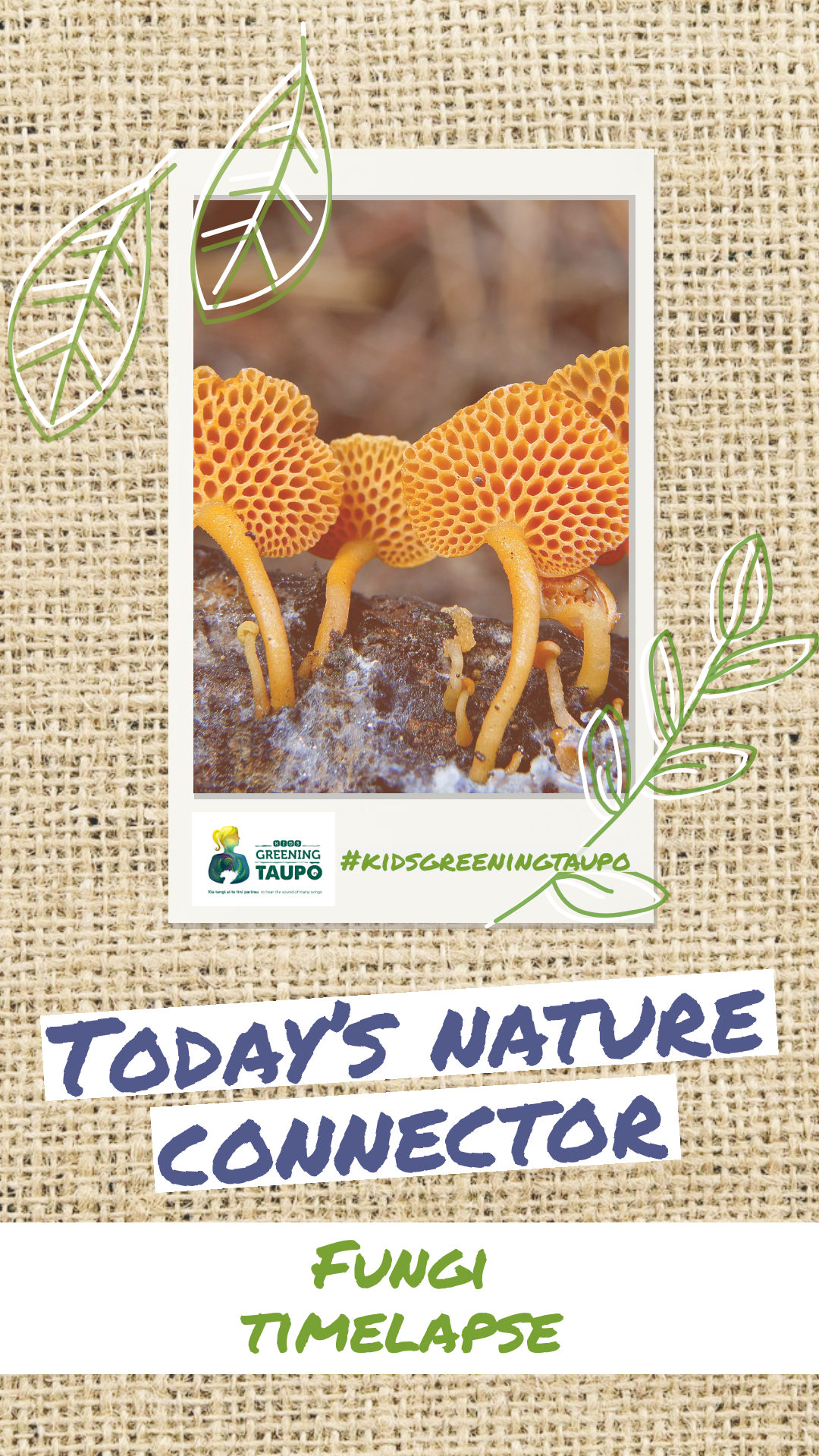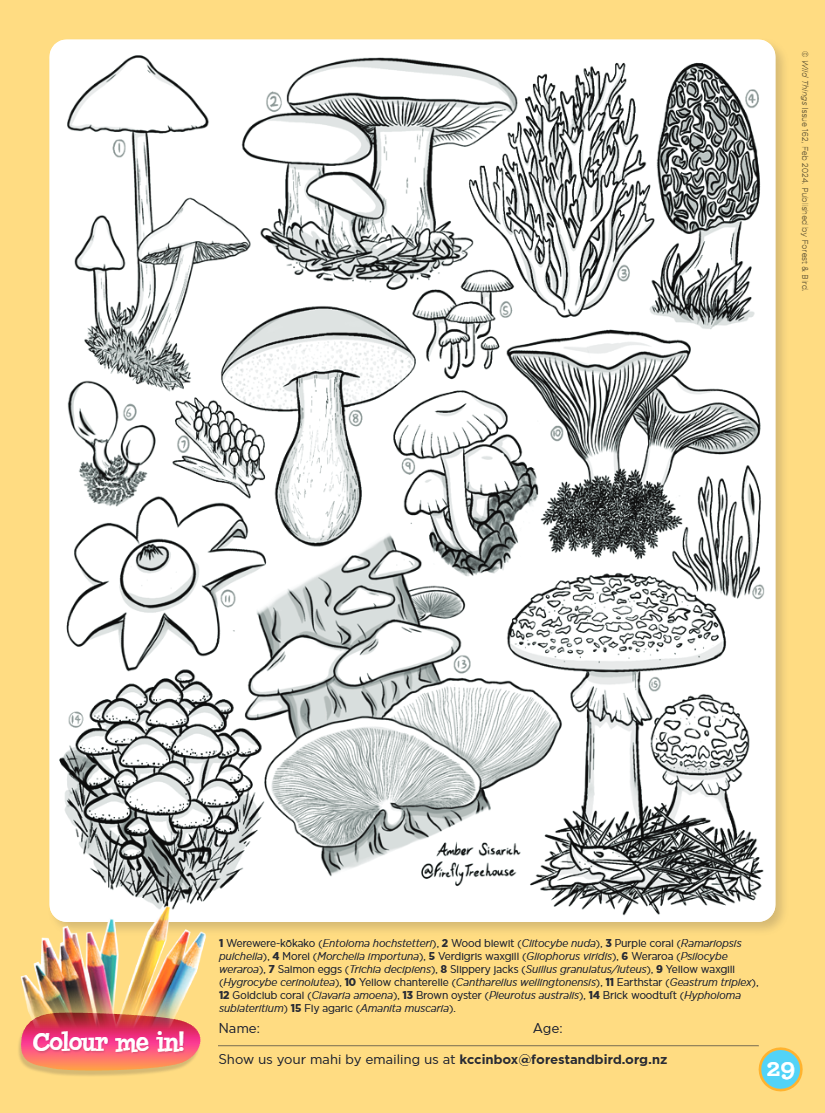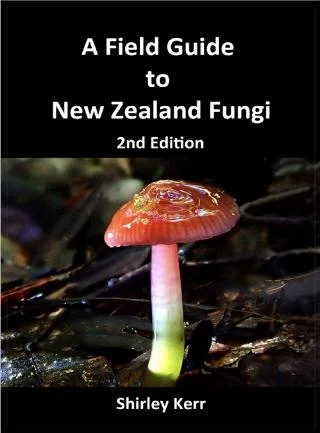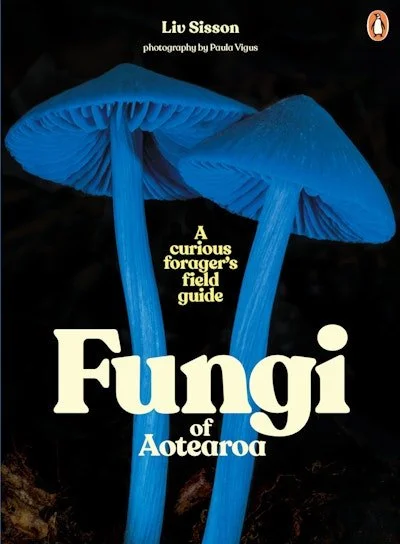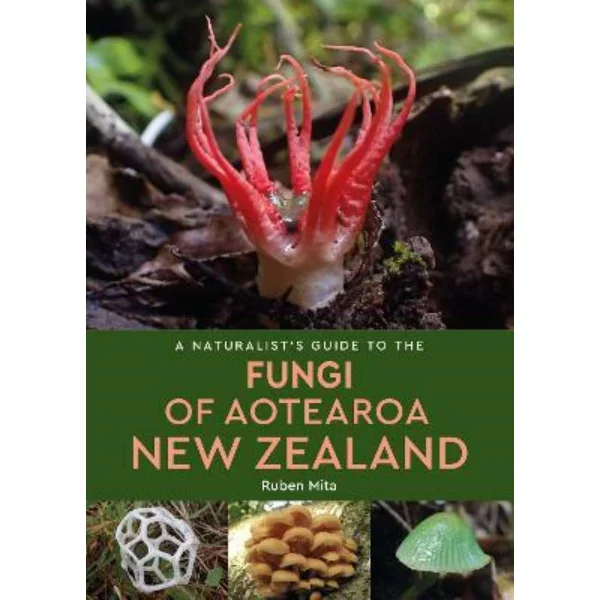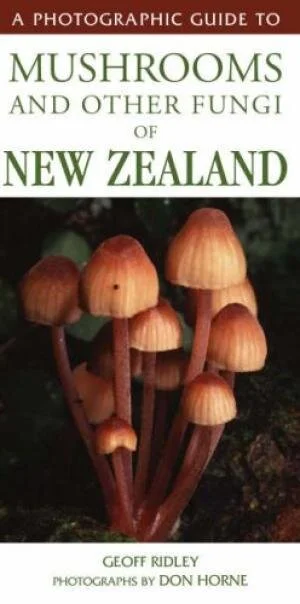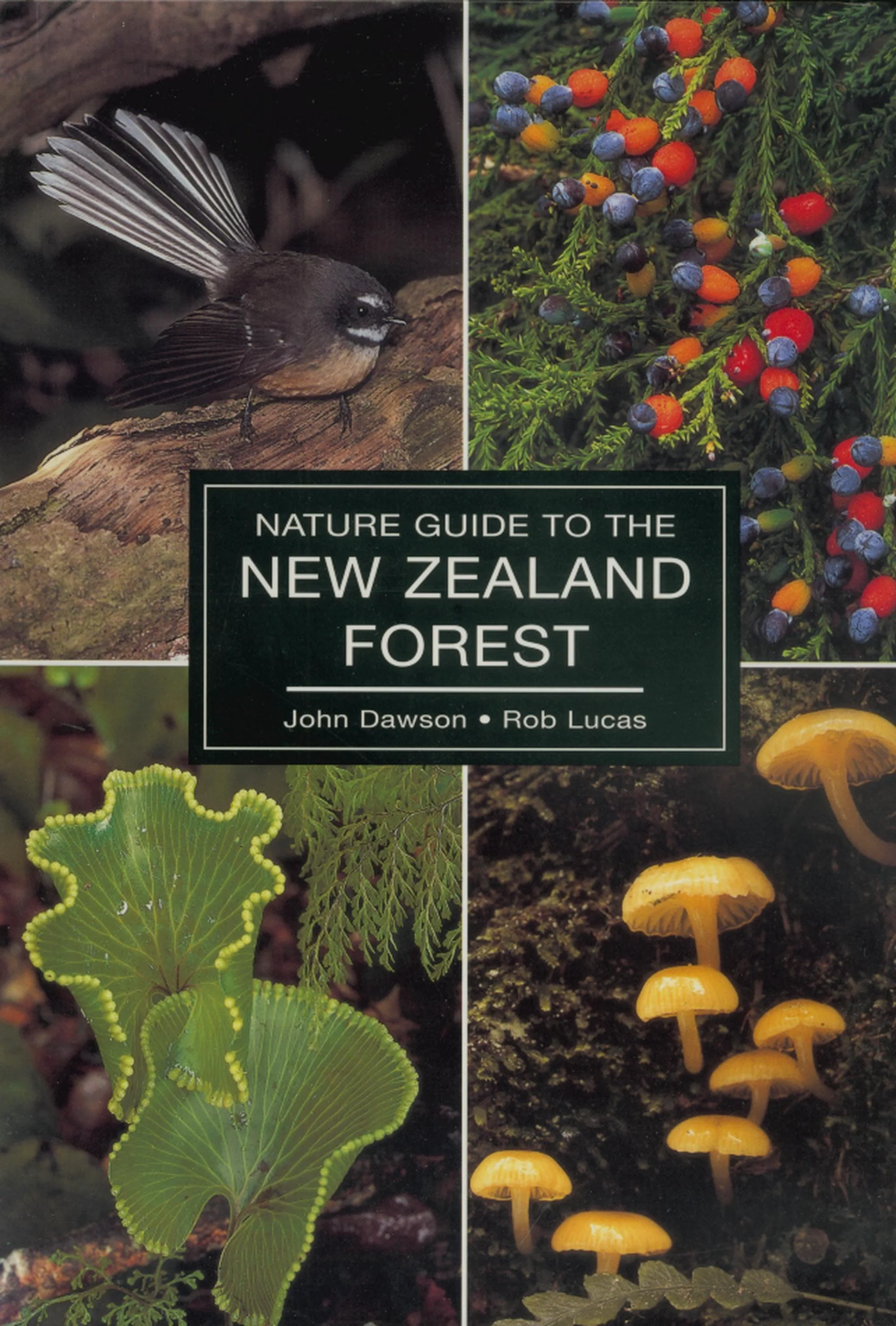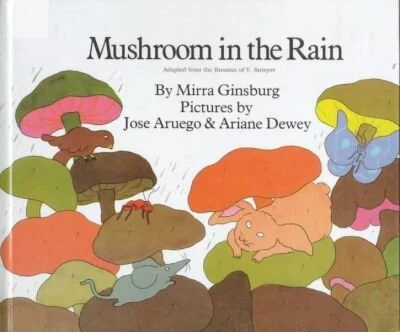Funky Fungi of Aotearoa
Nau Mai! Welcome to the Kids Greening Taupo Online Nature Classroom!
This Online Nature Classroom is all about fungi
NOTE: parental guidance may be required this week for younger students when exploring fungi. Treat nature with care- If handling fungi make sure to wash your hands well afterwards and do not eat any fungi unless you know for sure that the species is edible.
aN INTRODUCTION TO THE aOTEAROA’S FUNKY FUNGI
Fungi are a kingdom of organisms (living things) that do not produce their own food, this includes mushrooms, yeast and mold. They are the recyclers of the natural world, they rely upon dead organic matter such as logs, trees, leaves, and other organisms for food. Without them most of this dead organic matter wouldn’t decompose (break down), and instead would just build up around us.
There is so much variety in the fungi kingdom. Some fungi species are brightly coloured and tiny, others are dark in colour and absolutely ginormous. Some look like shelves, others like umbrellas, golf balls, baskets, coral, worms, grass, jelly, cups and even brains! Some fungi live on trees, rocks and logs, others can live in the garden, grass and leaf litter.
If you look closely, you might just find that there are lots of fungi growing where you didn’t expect them to be. In fact, what you see above ground is just the top of a fungus, like the tip of an iceberg- much of the active fungus is right underneath your feet (see in the diagram to the left). Under the ground there are networks of hyphae (like roots) that are used to tap into food resources in the soil. The part above the ground is called the fruiting body, this contains the spores (similar to pollen) which are used for reproduction.
In last Online Nature Classroom the second introductory video was all about plant communication and the sharing of resources. This is all done with the help of mycorrhiza- fungi working together with the plant roots. The fungi are able to get sugars/carbohydrates (food) from the plant through its roots, and the fungi give the plant water and nutrients that they have broken down from the soil.
Some fungi species are safe for us to eat, others are poisonous. Yeast, an active ingredient used in making bread is part of this fungi kingdom. Without yeast, we wouldn’t have bread!
Fungi are even utilised in healthcare through medicines such as penicillin and may even hold the cure to some common diseases.
Did you know that as humans we are more closely related to fungi than plants? That’s right!
Let’s start exploring the world of fungi!
iNTRODUCTORY FUNGI VIDEO
Our ‘Fill your Kete’ section will provide you with some fun nature activities based around our topic. As this topic is Fungi, our activities are based around identification of fungi and lichens, zombie fungi, spores, cultural uses, and the importance of fungi for on this planet.
fungi Hunting
Hunting for fungi can be done at any time of year, but the best time is in Autumn when it is still warm, but has recently rained. Check out this awesome fungi hunting video made by these young girls! They had fun going on a fungi hunt and making up names for the fungi that they found.
We challenge you to go on a fungi hunt in your garden and local green space! Look under rocks and logs, around the base of trees, in damp areas and on rotting wood. How many different fungi can you find? Print out a fun Fungi Scavenger Hunt to use!
We were amazed how many we found once we got the hang of this activity. We found fungi of all colours, shapes and sizes. We found big hard bracket fungi, delicate little mushrooms like umbrellas and spotted fungi that looked like they were from fairy tale stories.
You could take photos and make up names for the ones that you find and then research and see if you can find out what they are really called. Here’s a handy KEY that you can use to identify them:
Have fun fungi hunting!
lichen scavenger hunt
You might find something on the bark of trees or on rocks that is called lichen. Is it a fungi? Yes… and no! Do you know how to tell the difference between lichen and moss? This interesting blog explains the difference between moss and lichen, “a moss is a simple plant, and a lichen is a fungi-algae sandwich.... lichen lack leaves of any kind... which is an easy way to tell them apart." Watch this video to find out more about fascinating lichen.
After watching the video, go on a lichen hunt! How many of these kinds of lichen can you find?
You can print a lichen scavenger hunt in English or te reo Māori here.
Learn about Zombie fungi (cordyceps)
All fungi use spores to reproduce. Spores are like the pollen in plants. They can be dispersed (spread) by wind, water or insects depending on the species. You might find puffball fungi that you can squeeze to send spores flying, or basket fungi with stinky slime that attract flies to spread their spores! Here’s more scientific information about spores.
Did you know that there are some special fungi that can turn insects into zombies? That’s right! Introducing the cordyceps fungi group. Watch this incredible video by Sir David Attenborough all about these zombie producing fungi.
Cordycep spores are spread by the wind. If the right species of insect comes along and accidentally eats these spores they start to act differently (zombie-like). The infected insect becomes the nutrition for the growing fungi and the cycle continues through to spores being released again. You might find these in the forests of Aotearoa. Sometimes we find dead or sick insects that look like they are covered in icing sugar. The ‘icing sugar’ is actually a fungus. See a photo below of a cicada that we found like this.
If you look really carefully at the forest floor you might be lucky to spot the fruiting body of a ‘vegetable caterpillar.’ Careful excavation would show that it is actually growing from a dead caterpillar under the ground! These āwheto (the Vegetable Caterpillar Fungus) is a type of cordycep that turns native ghost moth caterpillars into zombies if the spores are eaten. Āwheto was used traditionally by Māori; the dried fungus and caterpillar were burned to create a dark ash which was combined with animal fat and dark berries to create the black ink used in Tā Moko (Māori tattoos). Learn more about āwheto here.
Check out photos below that we have taken in forest here in Aotearoa. The first one is a codyceps fungi fruiting body sticking out of the ground, the second one is a cicada that has died from icing sugar fungus, thirds is the fruiting body of āwheto (vegetable caterpillar) sticking out of the ground, and the final photo is the caterpillar dug up with the fruiting body coming out of its head!
Activity: Make a Spore Print
You can use a mushroom (bought or picked in the wild) to make a spore print. We recommend using mushrooms that you know are safe to touch. If you use a mushroom that you have picked from the wild, please wear gloves for this activity. Spore prints are a fun way to see fungi in action and to create a little piece of natural art. It will take a couple of days to make your print. We enjoyed comparing spore prints of different mushrooms. Each mushroom will have a different spore print, different colours (white spores will show up on dark paper) and different patterns.
You can set the spore print with hairspray to keep it. Have fun learning about fascinating fungi!
In the video you can see a really fun way to turn these spore prints into an art project! What other things could you turn spore prints into? Monster’s eyes? Flowers? Other vehicles with wheels? Get creative and remember to share your creations with us!
Curiosity questions
Let’s do some inquiry!
Are fungi a useful organism or a pest? What do you think? Do some research and write down your decision. Make sure to justify your answer with evidence!
How would our world be different if we didn’t have fungi? How would our natural environment be different? What about our food, drinks and medicine- would having no fungi mean that any of these things would change? Do some research and let us know what you find out!
Here’s a PAGE that might help you to answer the questions above. It even has a quiz at the end!
KI TE PANUI/ TO READ
This ki te Panui section is based on Plants.
Head to the section below for the read aloud story, The Fungus That Ate My School.
If you already have this book make sure you head outside to connect to nature whilst enjoying it!
After reading/listening to the book make sure to try the follow up fungi time-lapse activity.
In each Online Nature Classroom we will give book suggestions along with at least one video read aloud.
Our recommendation is The Fungus That Ate My School.
Watch the read aloud below-
Follow up activity:
fungi time-lapse
Now that you have learned about how special fungi are and have found some fantastic fungi in your local green space, we have a challenge for you! Watch this VIDEO of time-lapse footage of fungi growing and changing. Isn’t it amazing!
Then, choose an interesting fungus near your home. A fast growing fungus is best (like a toadstool or mushroom). If you can find a ‘baby’ fungus that has just popped up, that is perfect for this activity. Check on your fungus each day and take a photo. Over time it is fascinating to see how fungi change size, shape and colour. You could put these together in a collage or a movie to watch the change over time.
These photos are ones that we have taken over the past few weeks of a group of fly agaric mushrooms. We loved watching them grow and change everyday! Please share your photos with us. We would love to see how your fungus grew and changed.
Click here to check out other KGT Fungi Activities And Resources
KCC fungi resources:
OTHER BOOK SUGGESTIONS (fungi):
Book trailer: https://www.youtube.com/watch?v=t28pS9Ifc5s
